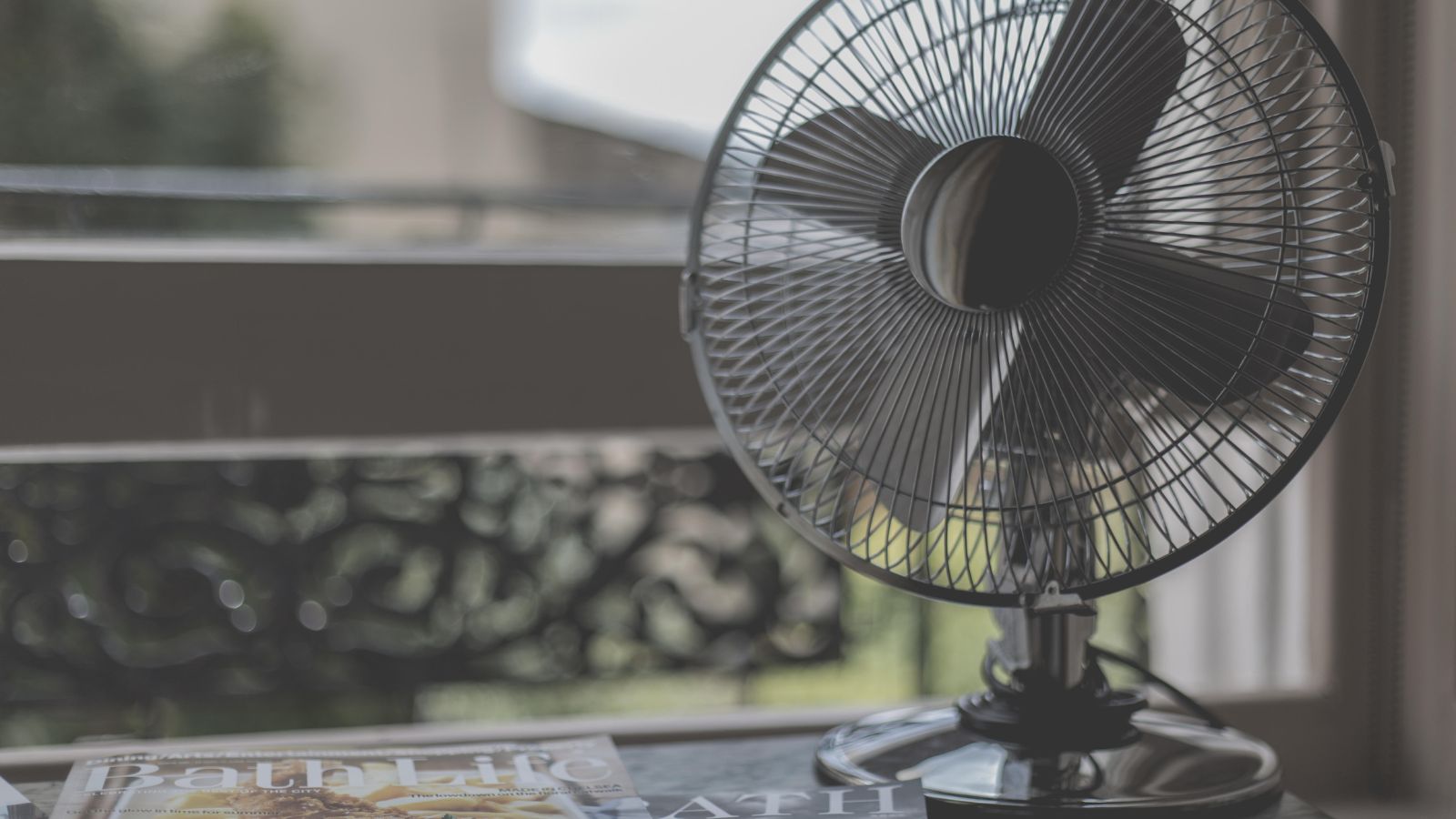How much does it cost to run a fan 24/7?
As temperatures rise, your bills might too – find out how much your fan might be costing you with this guide


As temperatures soar across the world, you might be wondering how to best keep your house cool whilst keeping costs down so you can spend your money on more exciting things than energy bills.
While air conditioning may be the first port of call, finding the best fan for your home could help reduce your energy costs – but how much can depend on several factors such as the efficiency of your fan and how much you pay for your energy.
According to the American Energy Information Administration, 90% of US households turned to air conditioners when it came to how to cool down a room in 2020, and the number of homes using these devices increasing year on year. However, with fans working out a lot cheaper it might be time to change your approach to how to keep a home cool in a heatwave.
Here is how to work out how much it costs to run a fan 24/7 so you can save money and energy in your home.
How much does it cost to run a fan 24/7?
Working out how much it costs to run a fan 24/7 involves some maths but it is worth calculating when trying to save money at home. ‘Many households will be looking for ways to stay cool this summer. But, with the cost of living increasing, and energy bills the highest they’ve ever been, we might be avoiding putting the fan on.’ says Andy Kerr, founder of BOXT. However, running your fan all day might not be as expensive as you think.
Generally speaking, running a fan is more energy efficient and costs far less than installing an air conditioning unit. What’s more, air con may be devaluing your home due to their high running costs.
Here are the steps to work out how much running a fan could cost you and how much they could save you.
Design expertise in your inbox – from inspiring decorating ideas and beautiful celebrity homes to practical gardening advice and shopping round-ups.
How to work out how much your fan will cost you

1. Work out how much energy your fan consumes – 'To find out how much energy your fan uses per hour you need to know the fan's wattage (which should be printed on it or in the instruction pamphlet). Once you have the wattage, divide it by 1000 to convert to kilowatt-hours. This is how much energy the appliance uses per hour,' explains Les Anderson, content manager at Bionic
2. Find out how much you pay for energy – It is easy to find out how much you pay for one kilowatt-hour of energy as it should be stated on your energy bill. Check your latest bill for the Kilowatt-hour breakdown figure – this may change periodically and can vary from state to state so using your latest bill will give you the best estimate of your running costs. The average cost of one kilowatt-hour is around 12 cents.
3. Calculate the overall cost of running a fan – Use these two figures to calculate how much running the fan costs for one hour. Multiply the fan's wattage by the number of hours you wish to use the fan. Divide this by 1000 and then multiply again by the cost per kilowatt-hour found on your energy bill.
Cost = (power (in watts) x time (in hours)) / 1000 x cost of one kilowatt-hour.
For example, working out the cost of running a 50 Watt fan for 24 hours a day for a week if you pay 10 cents per kilowatt hour would look like this – (50W x 24) / 1000 x 10cents = 12 cents per day or 84 cents for a straight week.
'The cost of an air conditioning unit can be calculated using the same formula,' explains Les. 'As air conditioning units are significantly larger than electric fans, their wattage will be higher and therefore, the running cost will be more expensive.'
Does using a fan use a lot of electricity?
The size of your fan usually correlates to how much energy it will use. Smaller table fans can use as little as five watts, whereas larger, more industrial fans could use up to 100 watts or more.
If you are looking to use a fan to save on your energy bills, go for a midsized fan that has a lower wattage but still has the power to cool you down.
What do you need to consider before running a fan all day?
Unlike air conditioners, fans work by moving cooler air over your body, as if you were enjoying a breeze. Leaving a fan running in a room that nobody is in is therefore counterintuitive and could be wasting your energy. Consider turning fans off, including ceiling fans, when you leave the room or leave the house to save on costs.
‘You also want to ensure any ceiling fans are set to anti-clockwise so they don’t distribute the warm air,’ Andy adds. ‘Tower fans are also recommended as their oscillating switches work by creating a wind-chill effect rather than lowering the temperature of a room. Likewise, you can position a shallow bowl of ice, ice packs, or a frozen water bottle behind your fan which can be very effective at quickly cooling a room.’
Are some fans cheaper to run than others?
‘Different types of fans consume different levels of power and deliver different levels of efficiency,’ explains Andy.
Bladed fans: these fans tend to use the most energy due to the effort it takes to turn the blades. Fans with larger blades will typically use more energy.
Bladeless fans: these fans are more efficient than bladed fans as they have fewer moving parts. They achieve this by pulling in air and passing it over smaller, asymmetric blads that increase pressure and improve airflow.
Tower fans: taller fans such as tower fans are more efficient than bladed fans but tend to be less effective at moving air. This may mean running them on a higher setting which will increase how much energy it consumes.

Chiana has been at Homes & Gardens for two years and is our resident 'queen' of non-toxic living. She spends most of her time producing content for the Solved section of the website, helping readers get the most out of their homes through clever decluttering, cleaning, and tidying tips. She was named one of Fixr's top home improvement journalists in 2024.